I’d like to say that every pine I start from seed grows into a winner, but that isn’t the case. To avoid investing time in trees with flaws that are difficult to correct, I periodically evaluate all of my bonsai and cull out any that don’t make the cut. Doing this frees up time in my schedule and space in the garden.
This week I looked at all two-and-a-half year old pines. In general, I liked the curves in the trunks, but the roots weren’t all great. If I only had a few trees in this batch, I’d keep most, if not all of them, and see what I could do to correct the roots. I happen, however, to have a lot of trees in this group so I was happy to mark a few for culling.
Three black pines – 2.5 years old
The first tree I looked at had nice curves in the trunk. All of the trees in these photos are styled to become small informal upright trees, and the gentle curves in the pine below are easy to work with.
Tree #1
The roots, however, aren’t as good. Even though they emerge at different points around the trunk, they descend steeply before dividing. This wouldn’t be a problem if I wanted to make a larger tree, but they’re harder to correct on a smaller scale.
Roots emerge downward instead of laterally
The second tree also has nice curves, but the roots essentially split in half at the base of the trunk. Making big cuts can fix this, but that would slow the tree down for a couple years.
Tree #2
Poor roots
The other side is no different
Further up the trunk, the tree had a large scar created by wire that cut in over summer. It’s healing well so I don’t expect it to become a problem in the long run, but it’s another reason to mark this tree for culling.
Wire scar
The third tree has gentle curves and decent roots at the base of the trunk.
Tree #3
Good roots
At this stage of development, good roots, and to some degree genetics, are the main considerations for keeping or culling a tree. The trunks are still slender enough to bend with wire so the specific shape of the trunk is typically adequate as long as it isn’t straight.
Here’s another group of three pines.
Three more black pines – 2.5 years old
I really like the movement of the trunk on tree #4, but the root division is poor.
Tree #4
Poor roots
Even worse than the roots is the space between the base of the internodes and the first mature needles. Although this gap is often a reflection of the tree’s health at a specific point in its development – the tree grew quickly as the new shoots were elongating – it’s telling that the gaps below the needles are longer here than they are on any of the other pines in the batch.
Sparse foliage
These gaps can make bonsai development tricky as it can be difficult to produce buds in areas with no needles.
Tree #5 has a low curve and what appear to be OK roots.
Tree #5
Roots look good at the base of trunk
Digging a bit deeper, however, reveals poor root division below the surface of the soil.
Poor roots below the surface
Tree #6 has subtle movement and good roots at the base of the trunk. It’s a keeper for now.
Tree #6
Good roots
In all, I culled about one in five trees from this batch. That left me with plenty of trees to work with and helps me avoid correcting flaws that add time to development.
The most common question that comes up when culling trees is where to draw the line between which trees stay and which go. I typically sort the trees into three groups as I work – keepers, rejects, and maybes. Depending on how many trees end up in each group, I can move the maybes into either group depending on whether I want to keep more or cull more.
Have any strategies for culling your own collections? Feel free to share them in the comments below.
Subscribe to Bonsai Tonight
New Posts Delivered Every Tuesday and Friday

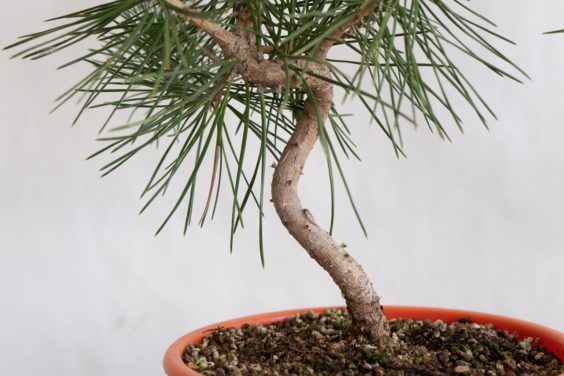
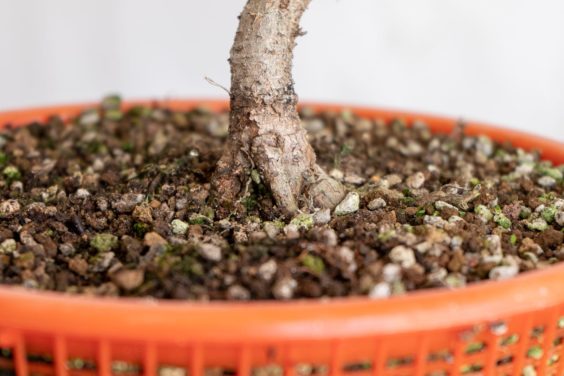
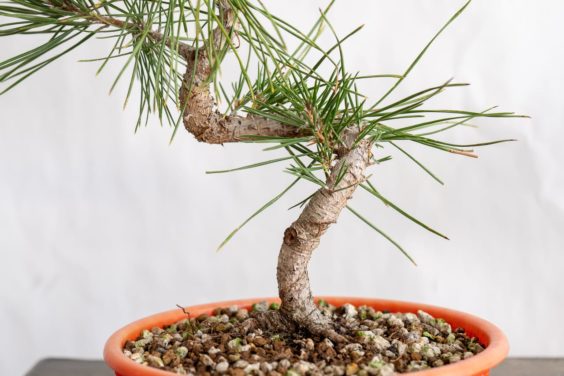
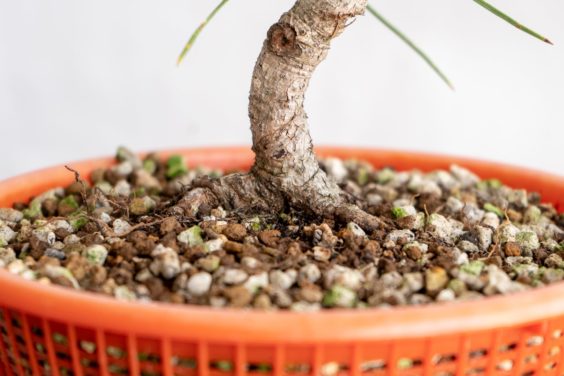
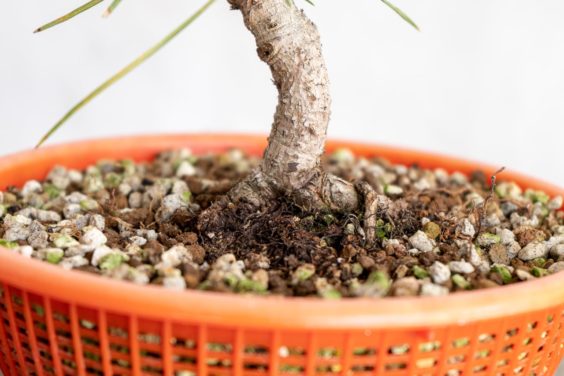
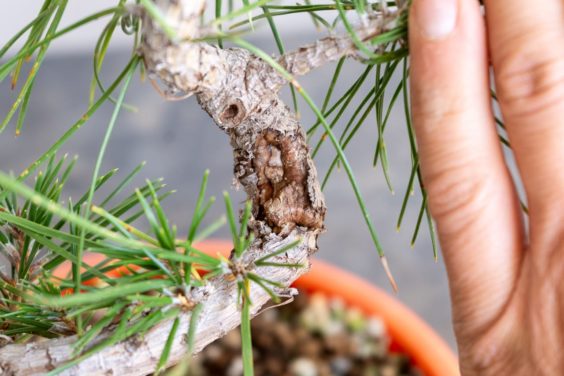
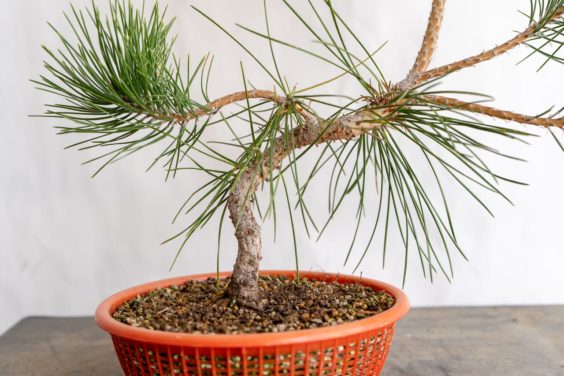
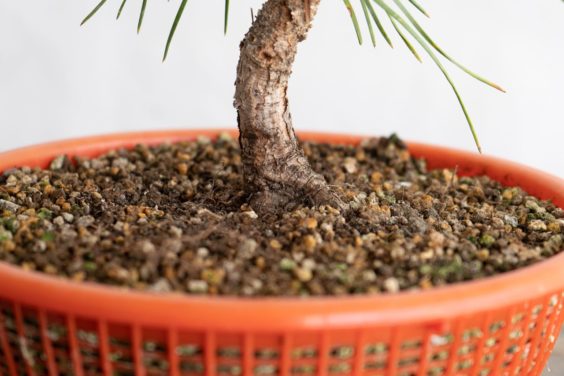
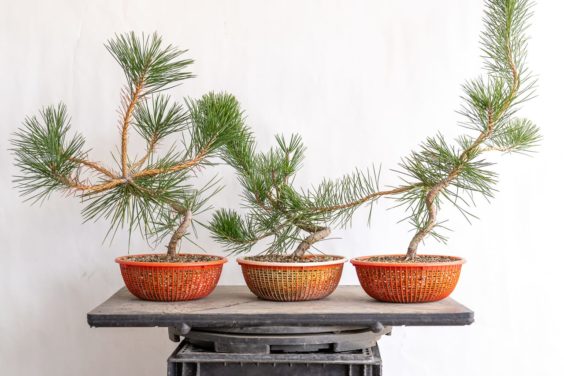
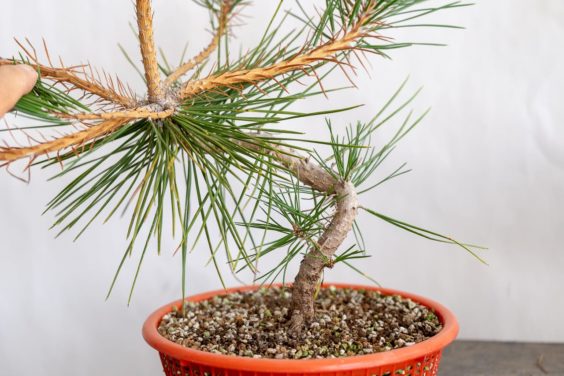
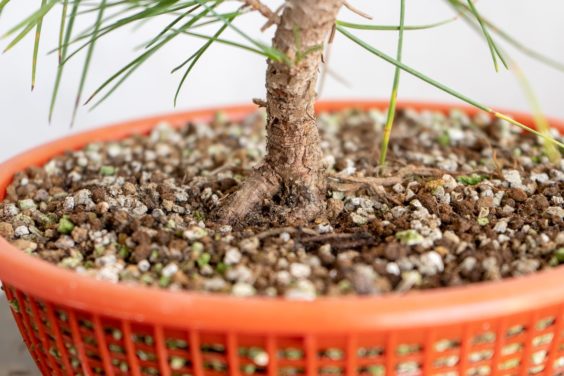
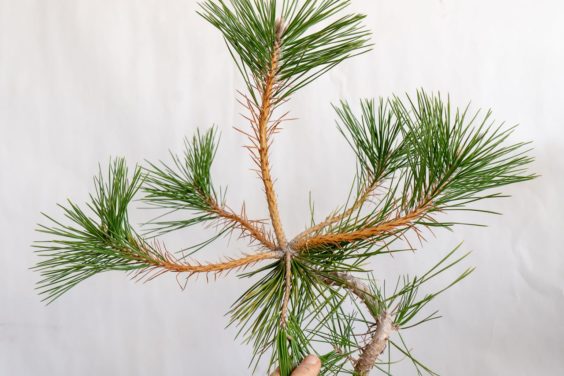
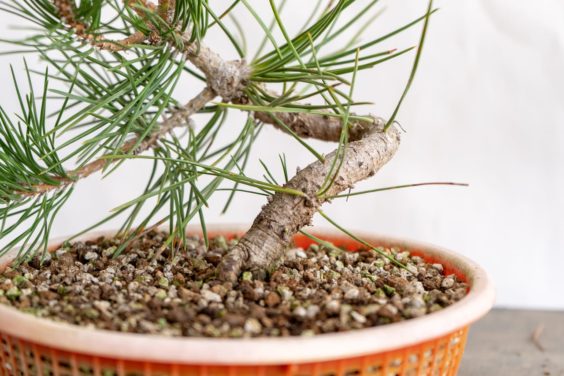
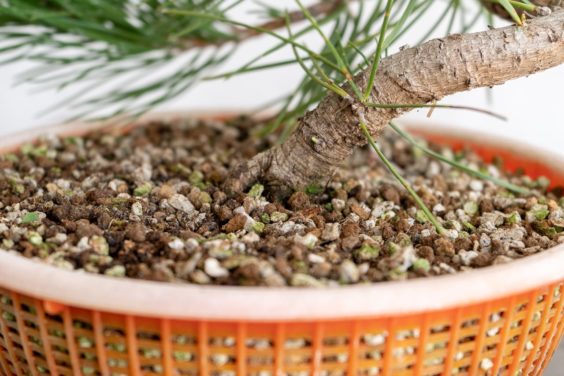
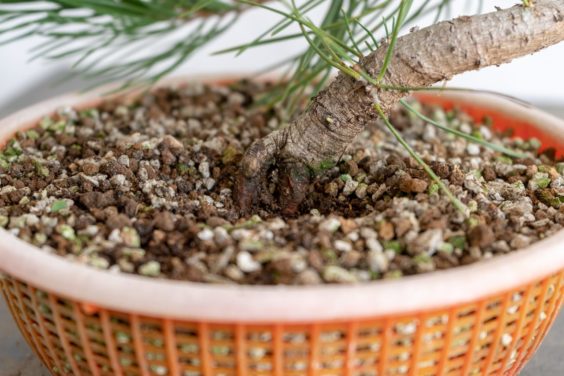
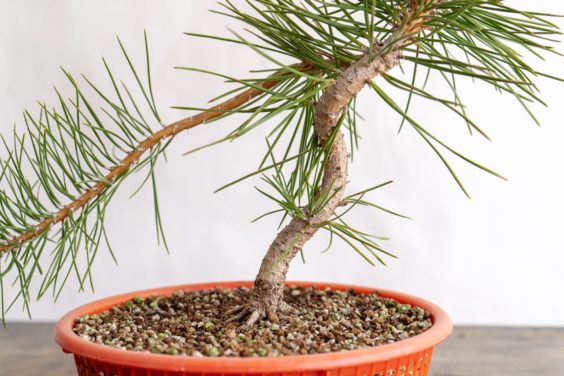
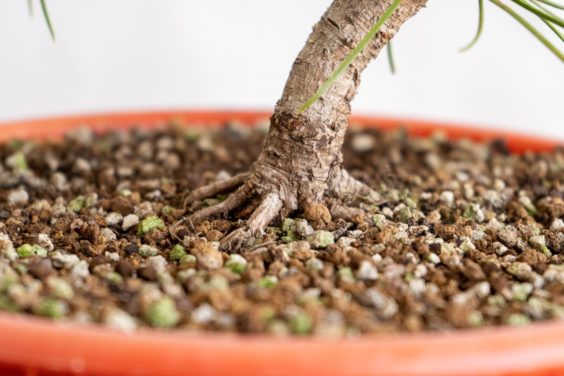
Alessandro Costa says
Ciao Jonas!! Good strategy! What do you do with the culled ones?
Alessandro
Jonas Dupuich says
Thanks Alessandro! I typically let others grow them, whether for bonsai or for landscape trees.
tony says
Thanks for this post…..I need to cull more aggressively!….hahaha
Frank Corrigan says
Hi Jonas
I have been applying a principle that i learned from professional Koi growers in Japan. They cull vigorously in the early stages selecting only the very best to continue . Each koi farm has experts who can judge very early on the ones with the best characteristics. The first cull removes any weak or malformed individuals. They are destroyed. The second cull keeps the top roughly ten percent. The rest are sold as young koi approximately six months old. The next cull keeps only the top ten percent, the rest sold as yearlings. And so on, only the very best being raised to maturity as show or brood stock.
This is possible and needed because Koi lay thousands of eggs during a single spawn. Like trees they require a lot of space, labour and resources to raise properly.
With Pines the numbers are obviously smaller so my approach is modified and during the first year, only the healthy, strong individuals are kept. The rest are destroyed. This initial culling insures a basic level of health at this stage. I like to do this in the early spring after i see how they handle the first winter.
Then each time i repot or work on the trees over the next two years i discard those with obvious root defects or unsightly damage.
At the beginning of year four i select the top ten to fifteen percent of the crop for continued development focus. These trees get the most attention going forward. Each year along i review the progress and continue with only the very best. In this manner an initial crop of 250 to 300 seedlings become a small group to develop and refine of 10 to 15 trees within five years. The remainder ( Approximately 150) are sold at various stages for individual development by other Bonsai enthusiasts.
Jonas Dupuich says
Thanks, Frank, those are super details for a program to yield high-quality trees. The more culling, the better the result (as long as too many aren’t culled in the early days as it can be hard to learn and experiment if there are just a couple of keepers). Going from 250-300 to 10-15 should yield great results. I have about 10 now from a batch of maybe 100 after 14 years. I wish I had more at this stage!
Michael M says
Hello Jonas,
When I grew a bunch of seedlings I noted quite a variability in the individuals coming from the same seeds. It was fairly noticeable by about the second year. Some had long thin needles or long empty candle growth below the needles. They never got better. You can select for short, vigorous growth and short node length or dark green color if you look for it in the group. Weed out the weak ones early.
Thanks for all your posts.
Jonas Dupuich says
Thanks Michael, good insights! Selecting by genetics is really important, especially when the differences are clear at such a young age.